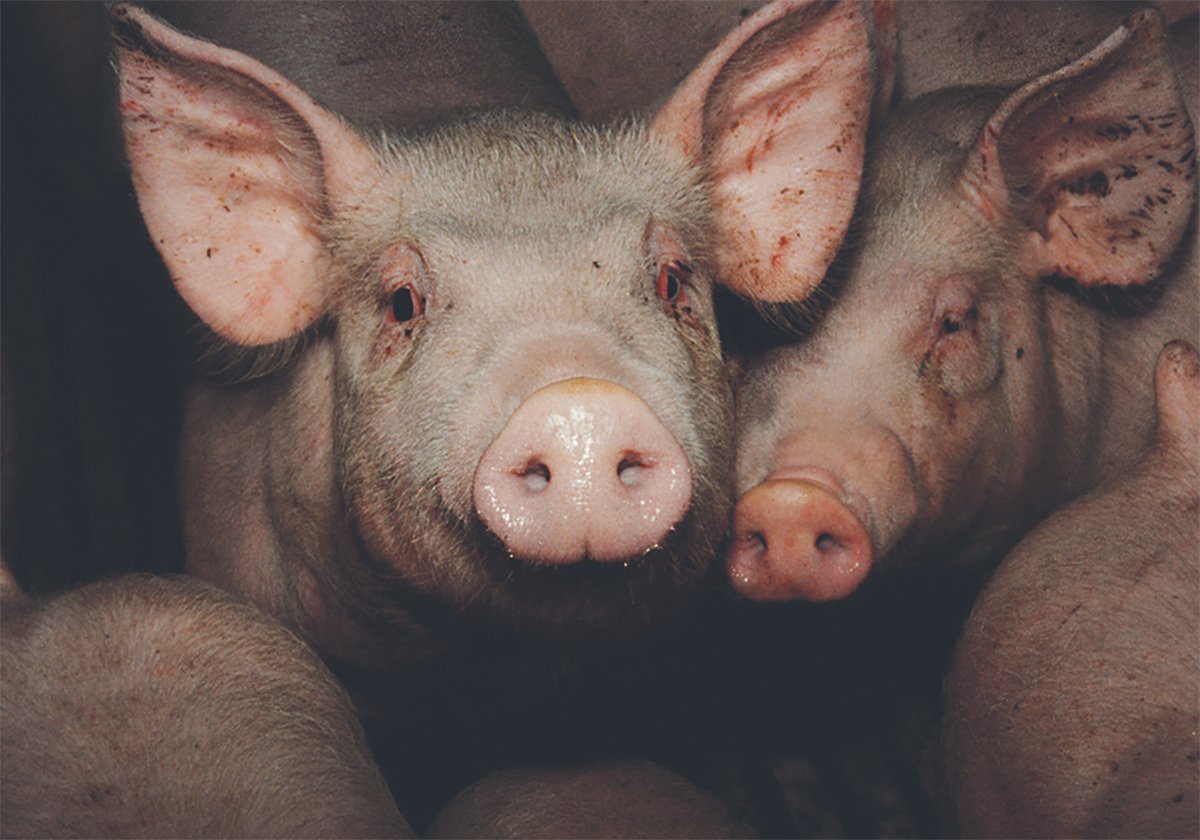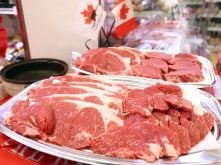RED DEER Ñ Alberta’s streamlined animal protection legislation should allow enforcement officers to act sooner and rescue animals in distress.
Bill 22 could be proclaimed this summer, said Morris Seiferling of Alberta Agriculture’s technical services division. He explained changes to the 40-year-old act at the Alberta Farm Animal Care Association conference in Red Deer April 1.
The new bill provides for seizure of animals and has an expanded definition of an animal in distress. People who own animals, those responsible for them or anyone who causes distress to an animal are subject to the act.
Read Also

The Western Producer Livestock Report – October 30, 2025
Western Producer Livestock Report for October 30, 2025. See U.S. & Canadian hog prices, Canadian bison & lamb market data and sales insights.
Also, through the act’s regulations, specific livestock codes of practice can be included, thus making them enforceable under the act.
Generally accepted practices of animal care and production are exempt.
“If an animal rights group figures hunting should be outlawed in Alberta, they don’t have a leg to stand on as far as the animal protection act is concerned,” Seiferling said.
Research animals are managed under a specific code of practice, which could be attached and enforced under the act, as could wildlife care in zoos, rehabilitation centres and the wild.
Under the former statute, peace officers such as RCMP and SPCA constables could act only when an animal was clearly in distress. Now they can intervene beforehand and seize animals if they feel the person responsible is not going to improve.
The new act defines abandonment and can allow animals to be taken before they are in trouble.
Inspections and the need for search warrants will also be clarified.
Enforcement officers such as RCMP and SPCA constables have the ability to check facilities where animals are for sale, hire or transport. They also can enter premises but not a private dwelling if they think there is potential for distressed animals.
“It does not give them the authority to walk into every hog barn in Alberta,” Seiferling said.
Morris Airey of the Alberta SPCA said the act allows its staff to enter property to relieve the distress of an animal when it is not practical to obtain a search warrant.
The SPCA has used this provision on occasion but under the federal charter of rights and freedoms, officers must be careful.
“Even though the provision is there under the provincial statute we have to be very cautious under the charter to abide by the rules of the federal legislation,” he said.
A case of cruelty to bison was dismissed in court last winter because the officers did not have a warrant when the herd was seized.
This case involved a herd of about 100 starving bison in a remote location. Some were discovered dead, others dying and some clearly in distress. Some were euthanized on site and it was felt at the time officers had complied with the act because it was not considered practical to obtain a search warrant.
Under the new act, Airey said the SPCA should be able to ticket offenders. Right now the legislation requires charges to be laid in court. The ticket could be the middle ground for an offence.
In 2004, SPCA constables responded to 1,747 complaints of which 978 were livestock related. The rest were for pets. Officers also inspected 172 animal holding facilities including auctions, kennels and stables.
Five livestock herds were seized in Alberta this winter up to the end of March: two beef herds; two horse herds and a 207-head bison herd.
Realizing that people are facing considerable hardship because of drought and BSE, the new act allows the SPCA to move in quickly to provide help.
BSE has heightened awareness of welfare issues and public scrutiny has made it unacceptable to move infirm animals.
Constables see more age-related health problems in cows that were kept because of poor market conditions.
The SPCA and veterinarians including Ray Fenton said there is a growing trend to buy low-value animals. Some people do not know how to care for older animals and think they can get another calf or two from them and still make a profit.
In other cases, herds are becoming bigger and producers may be too old to manage them properly or may not have enough feed.
Fenton expressed concern about old cows and yearlings being forced to scrounge for forage over winter. They may be in poor shape this spring, he added.
“It’s good management that is lacking,” said Fenton, who consults AFAC on welfare matters.















